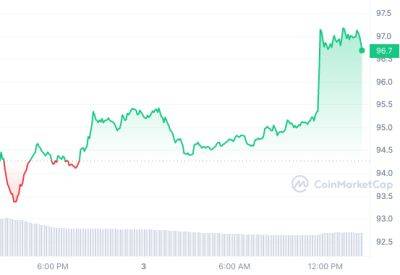Shipping in the Arctic faces foggy future as sea ice melts
T he Arctic is turning increasingly foggy, driven by climate change. A recent study looked at Arctic weather records from 1979 to 2018 and found the seas have been growing foggier, especially near newly open areas of water.
The disappearance of ice changes the moisture content in the very lowest part of the atmosphere and this leaves a narrow layer of moist air at the sea surface: with so much extra water vapour at the surface, this leaves vast tracts of iceless ocean that become extremely prone to fog.
The fog is a particular problem for new shipping routes opening up in the Arctic over the summer between Europe and Asia. As ice cover shrinks by about 14% each decade, sea traffic has increased over the past 20 years with more commercial fishing trawlers, bulk carriers, tourist cruise ships and other vessels. And in foggy conditions, ships have to slow down to avoid hidden chunks of submerged ice, which remain a major hazard. Shipping itself also risks serious pollution, threatening the delicate polar environment. Heavy oil fuel spills can persist for weeks or longer in cold seas, and ships release high concentrations of hazardous air pollution such as black carbon soot, and marine wildlife is threatened, especially marine mammals that are vulnerable to underwater noise and collisions with vessels.
Read more on theguardian.com

 theguardian.com
theguardian.com











